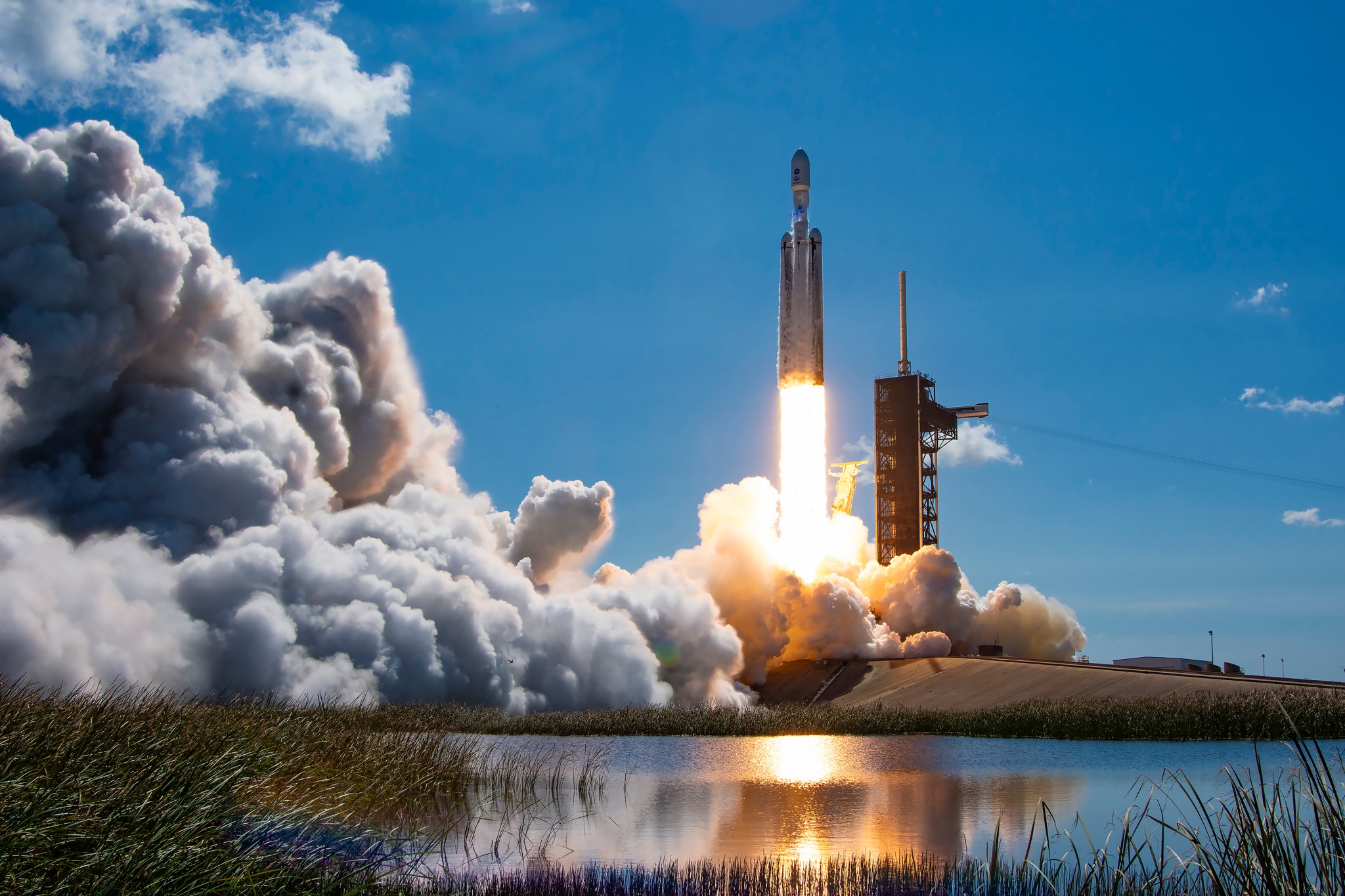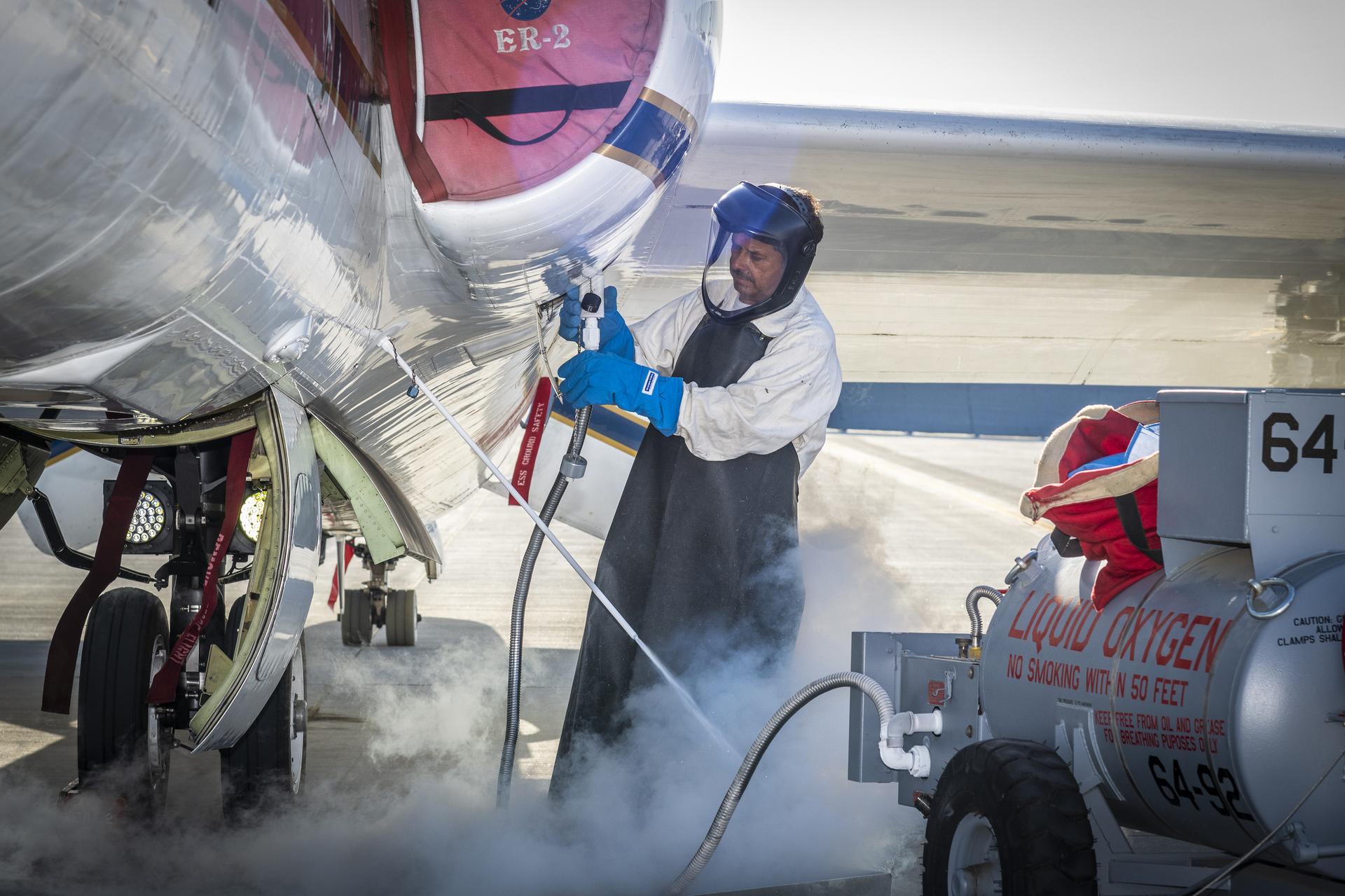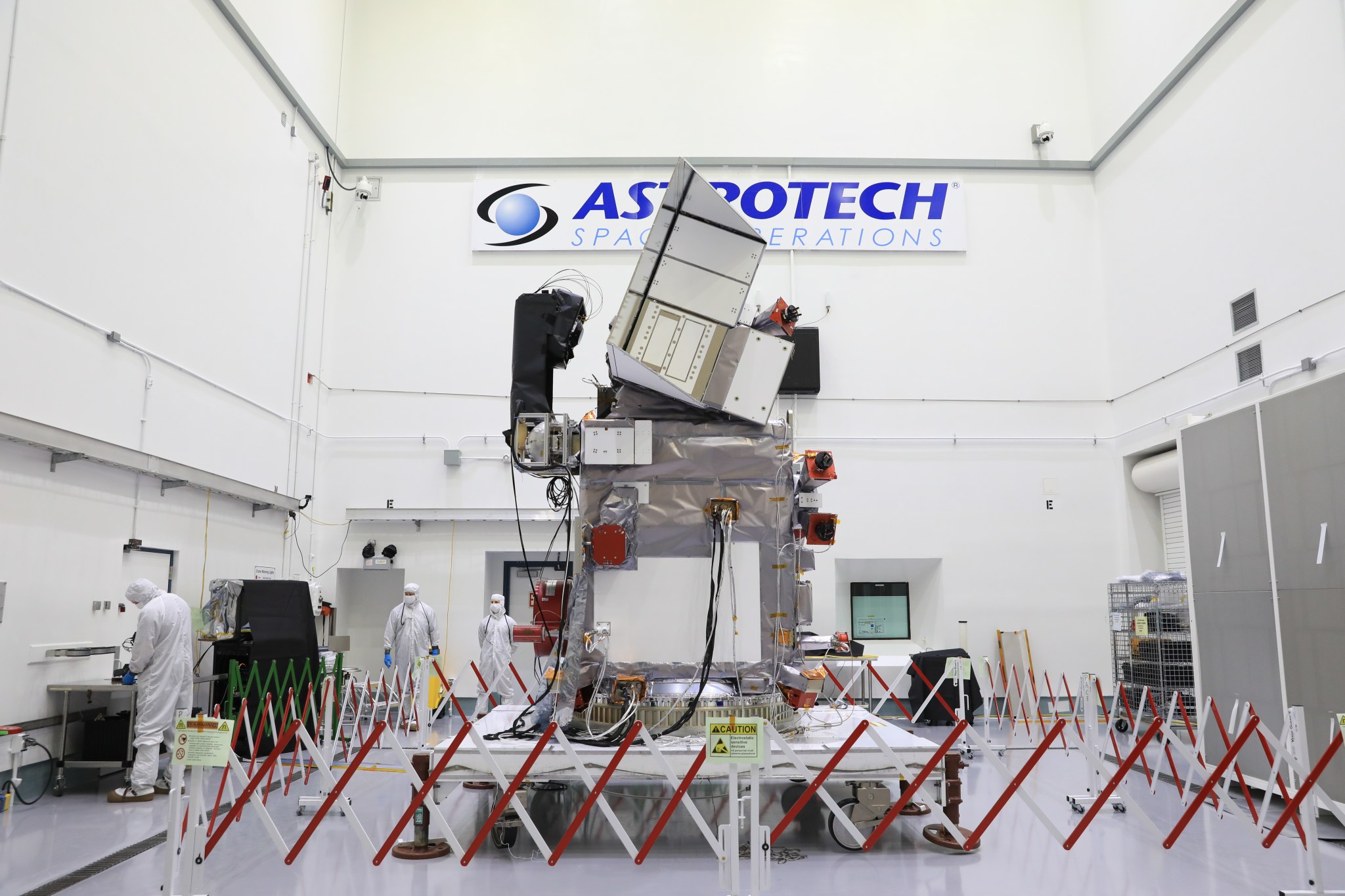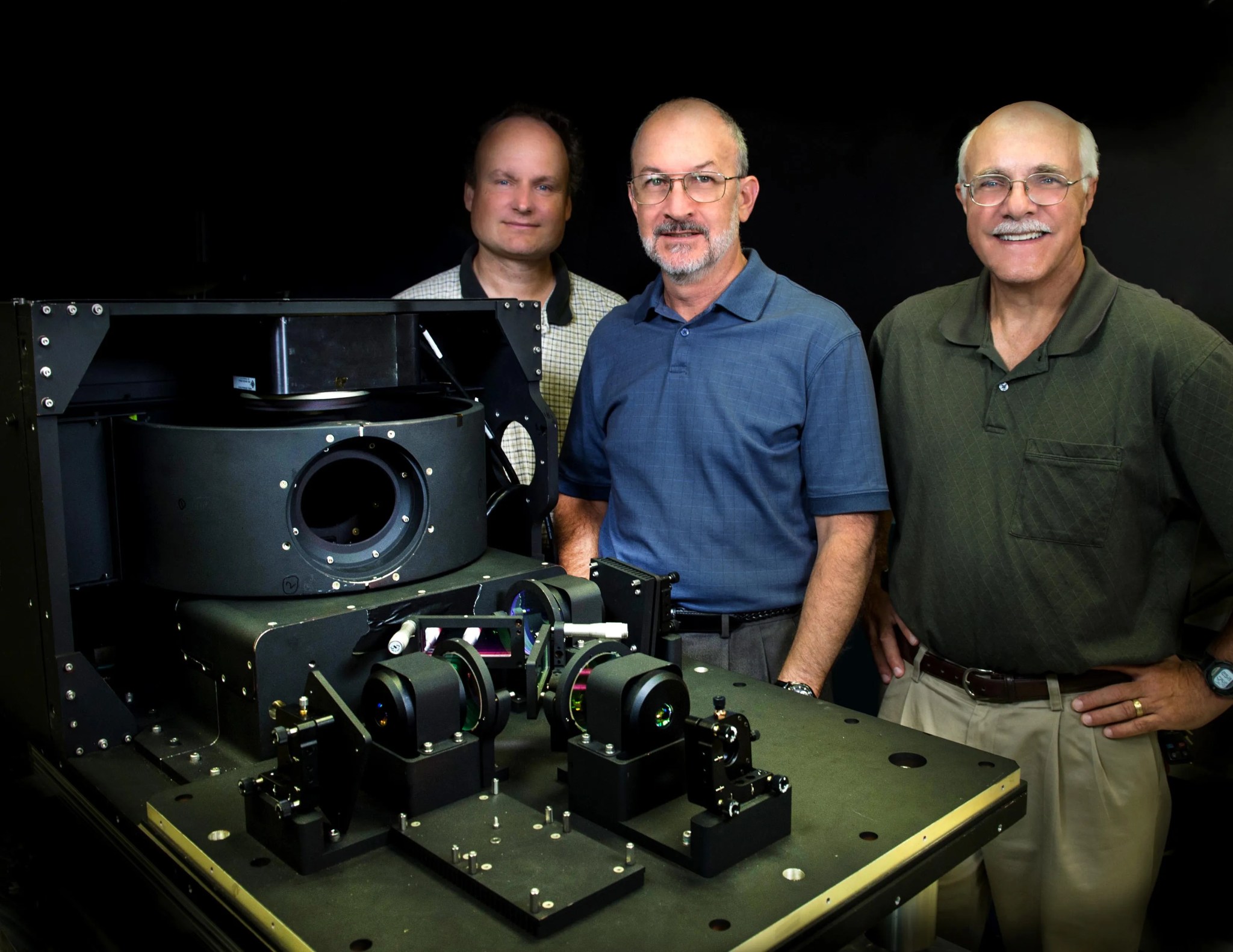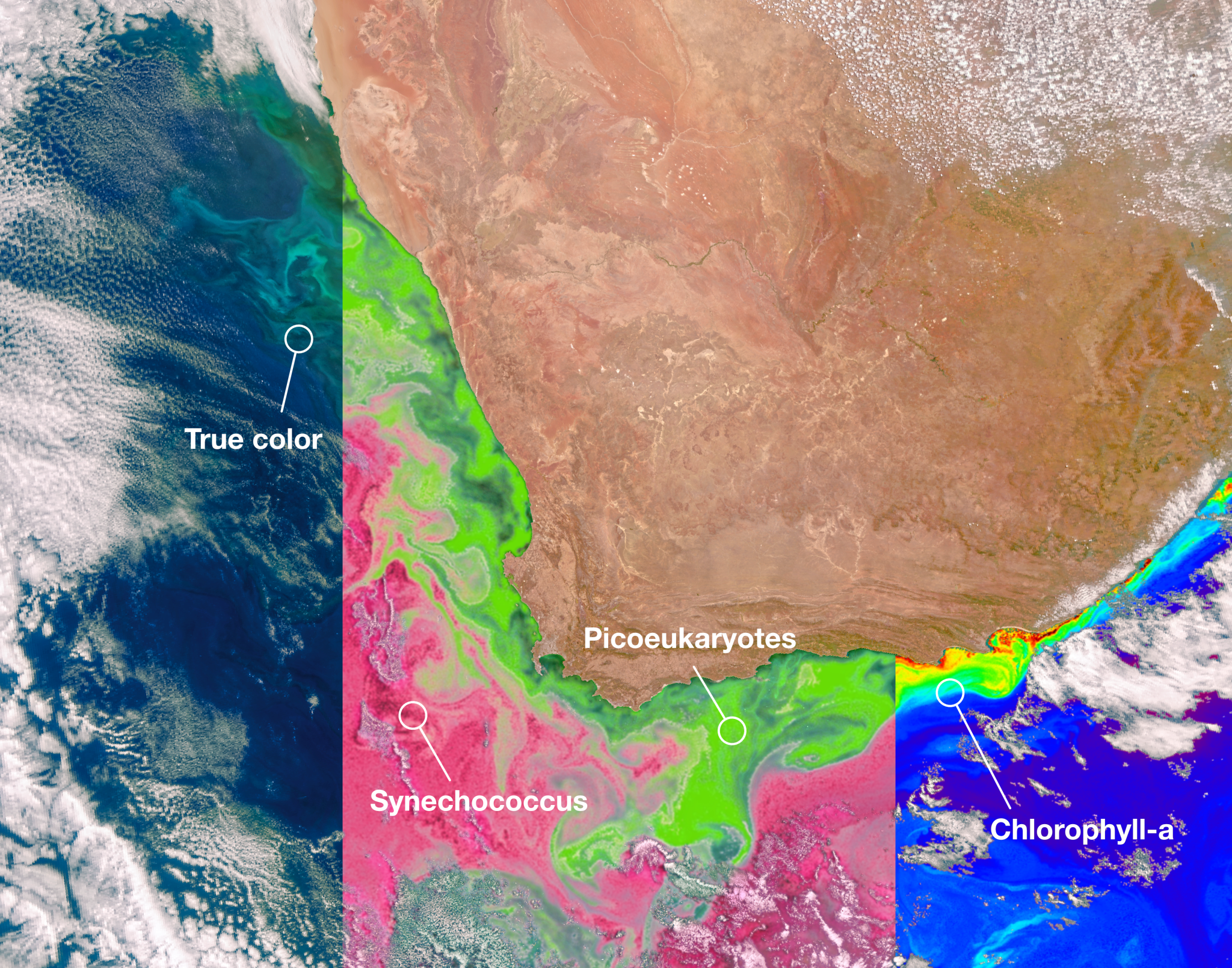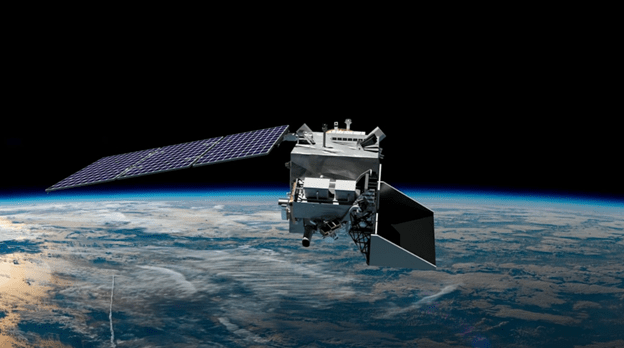A SpaceX Falcon Heavy rocket carrying NASA’s Europa Clipper spacecraft lifts off from Launch Complex 39A at NASA’s Kennedy Space Center in Florida at 12:06 p.m. EDT on Monday, Oct. 14, 2024. SpaceX From sending crew members to the International Space Station to launching a spacecraft to Jupiter’s icy moon Europa to determine if it could support life, 2024 was a busy record setting year for NASA and its partners at Kennedy Space Center in Florida. JANUARYFirst Lunar Lander Takes Flight The first flight of NASA’s CLPS (Commercial Lunar Payload…
Read MoreTag: PACE (Plankton, Aerosol, Cloud, Ocean Ecosystem)
High-Altitude ER-2 Flights Get Down-to-Earth Data
3 min read Preparations for Next Moonwalk Simulations Underway (and Underwater) Francisco Rodriguez (aircraft mechanic) services liquid oxygen or LOX on the ER-2 during the Geological Earth Mapping Experiment (GEMx) research project. Experts like Rodriguez sustain a high standard of safety on airborne science aircraft like the ER-2 and science missions like GEMx. The ER-2 is based out of NASA’s Armstrong Flight Research Center in Edwards, California. NASA/Steve Freeman Operating at altitudes above 99% of the Earth’s atmosphere, NASA’s ER-2 aircraft is the agency’s highest-flying airborne science platform. With its…
Read MoreNASA Earth Scientists Take Flight, Set Sail to Verify PACE Satellite Data
5 min read Preparations for Next Moonwalk Simulations Underway (and Underwater) More than 100 scientists will participate in a field campaign involving a research vessel and two aircraft this month to verify the accuracy of data collected by NASA’s new PACE satellite: the Plankton, Aerosol, Cloud, ocean Ecosystem mission. The process of data validation includes researchers comparing PACE data with data collected by similar, Earth-based instruments to ensure the measurements match up. Since the mission’s Feb. 8, 2024 launch, scientists around the world have successfully completed several data validation campaigns; the…
Read MoreNASA’s ORCA, AirHARP Projects Paved Way for PACE to Reach Space
It took the Plankton, Aerosol, Cloud, ocean Ecosystem (PACE) mission just 13 minutes to reach low-Earth orbit from Cape Canaveral Space Force Station in February 2024. It took a network of scientists at NASA and research institutions around the world more than 20 years to carefully craft and test the novel instruments that allow PACE to study the ocean and atmosphere with unprecedented clarity. In the early 2000s, a team of scientists at NASA’s Goddard Space Flight Center in Greenbelt, Maryland, prototyped the Ocean Radiometer for Carbon Assessment (ORCA) instrument,…
Read MoreNASA’s PACE Data on Ocean, Atmosphere, Climate Now Available
4 min read Preparations for Next Moonwalk Simulations Underway (and Underwater) NASA’s PACE satellite’s Ocean Color Instrument (OCI) detects light across a hyperspectral range, which gives scientists new information to differentiate communities of phytoplankton – a unique ability of NASA’s newest Earth-observing satellite. This first image released from OCI identifies two different communities of these microscopic marine organisms in the ocean off the coast of South Africa on Feb. 28, 2024. The central panel of this image shows Synechococcus in pink and picoeukaryotes in green. The left panel of this…
Read MoreNASA Invites Public to Share in Excitement of PACE Mission Launch
NASA and SpaceX technicians safely encapsulate NASA’s PACE (Plankton, Aerosol, Cloud, ocean Ecosystem) spacecraft in SpaceX’s Falcon 9 payload fairings on Tuesday, Jan. 30, 2024, at the Astrotech Space Operations Facility near the agency’s Kennedy Space Center in Florida. Photo Credit: NASA Goddard/Denny Henry NASA is hosting virtual activities ahead of the launch of the PACE (Plankton, Aerosol, Cloud, ocean Ecosystem) mission and invites you to share in the fun. The PACE mission will help us better understand how the ocean and atmosphere exchange carbon dioxide, measure key atmospheric variables…
Read MoreNASA to Brief Media on Climate Mission to Study Ocean Life, Air
NASA’s PACE (Plankton, Aerosol, Cloud, ocean Ecosystem) mission, seen here in an artist’s concept, is scheduled to launch no earlier than Feb. 6, 2024, to study Earth’s oceans, atmosphere, and climate. NASA/Conceptual Image Laboratory NASA will host a media teleconference at 12 p.m. EST, Wednesday, Jan. 17, to discuss the upcoming launch and science objectives of the agency’s PACE (Plankton, Aerosol, Cloud, ocean Ecosystem) mission. Once in orbit above Earth, the satellite will shed light on the impact of tiny things – microscopic life in water and microscopic particles in…
Read MoreKennedy Space Center Looks Ahead to a Busy Year in 2024
The mobile launcher, carried by the crawler-transporter 2, rolls out from its park site location to Launch Pad 39B at NASA’s Kennedy Space Center in Florida in August 2023 for testing ahead of the agency’s Artemis II mission. NASA/Ben Smegelsky Another jam-packed year is in store for NASA’s Kennedy Space Center in Florida as the momentum of a busy 2023 is carried forward into the new year. On the horizon are missions to the Moon, more crew and cargo flights to the International Space Station, and several upgrade projects across…
Read More